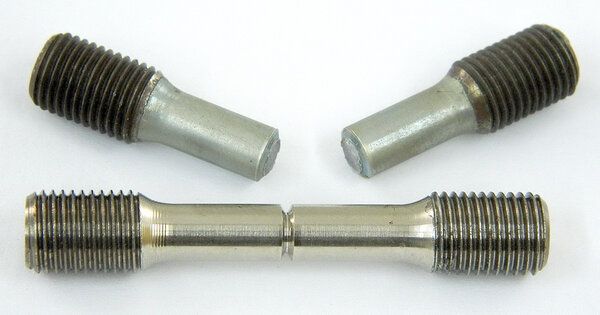Hydrogen embrittlement (HE), also known as hydrogen-assisted or hydrogen-induced cracking (HIC), is a loss in a metal’s ductility caused by absorbed hydrogen. It is a phenomenon that affects some metals, particularly high-strength steels, making them brittle and prone to failure under tensile stress in the presence of hydrogen. This can happen during production, processing, or in-service settings when hydrogen is injected into the metal.
Hydrogen atoms are tiny and may penetrate solid metals. Once absorbed, hydrogen reduces the stress necessary for fissures in the metal to develop and propagate, causing embrittlement. Hydrogen embrittlement is most common in steels, as well as iron, nickel, titanium, cobalt, and their alloys. Copper, aluminum, and stainless steel are more resistant to hydrogen embrittlement.
Hydrogen atoms diffuse into the metal lattice and accumulate in high-stress sites such as grain boundaries or dislocations, resulting in embrittlement. When hydrogen accumulates in these locations, it weakens the atomic bonds, reducing ductility and eventually causing the material to fracture prematurely under stress.
Several factors contribute to the susceptibility of a material to hydrogen embrittlement, including:
- Hydrogen source: Hydrogen can be introduced into metals through various sources, such as during electroplating, corrosion reactions, or as a byproduct of chemical processes.
- Material properties: High-strength steels and other metals with a high affinity for hydrogen are more susceptible to embrittlement.
- Environmental conditions: Factors such as temperature, pressure, and the presence of corrosive substances can influence the severity of hydrogen embrittlement.
- Applied stress: Tensile stresses increase the likelihood of hydrogen embrittlement, as they create sites where hydrogen can accumulate and promote crack formation.
Hydrogen embrittlement can have major effects in industries that rely on high-strength materials, including aerospace, automotive, and oil and gas. As a result, engineers and materials scientists must understand and reduce the dangers associated with hydrogen embrittlement through careful material selection, design considerations, and proper manufacturing and maintenance processes.
Hydrogen embrittlement can be mitigated by selecting alternative materials that are less sensitive to embrittlement, providing protective coatings, managing ambient conditions, and adopting post-treatment techniques to remove hydrogen from the material.
















